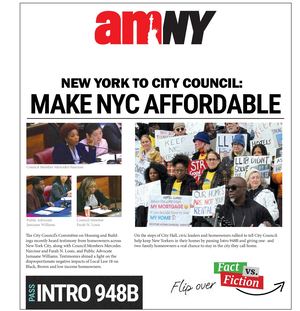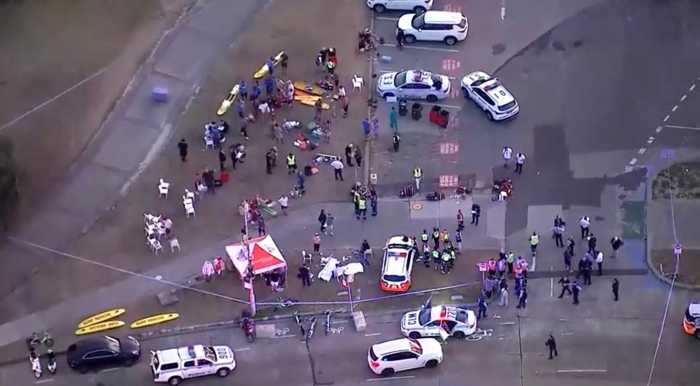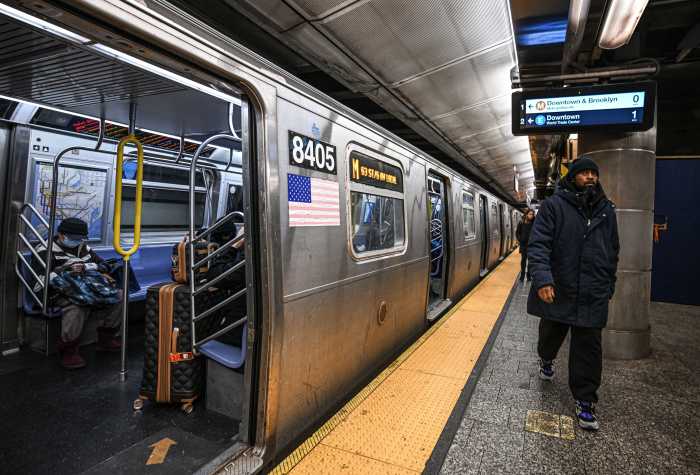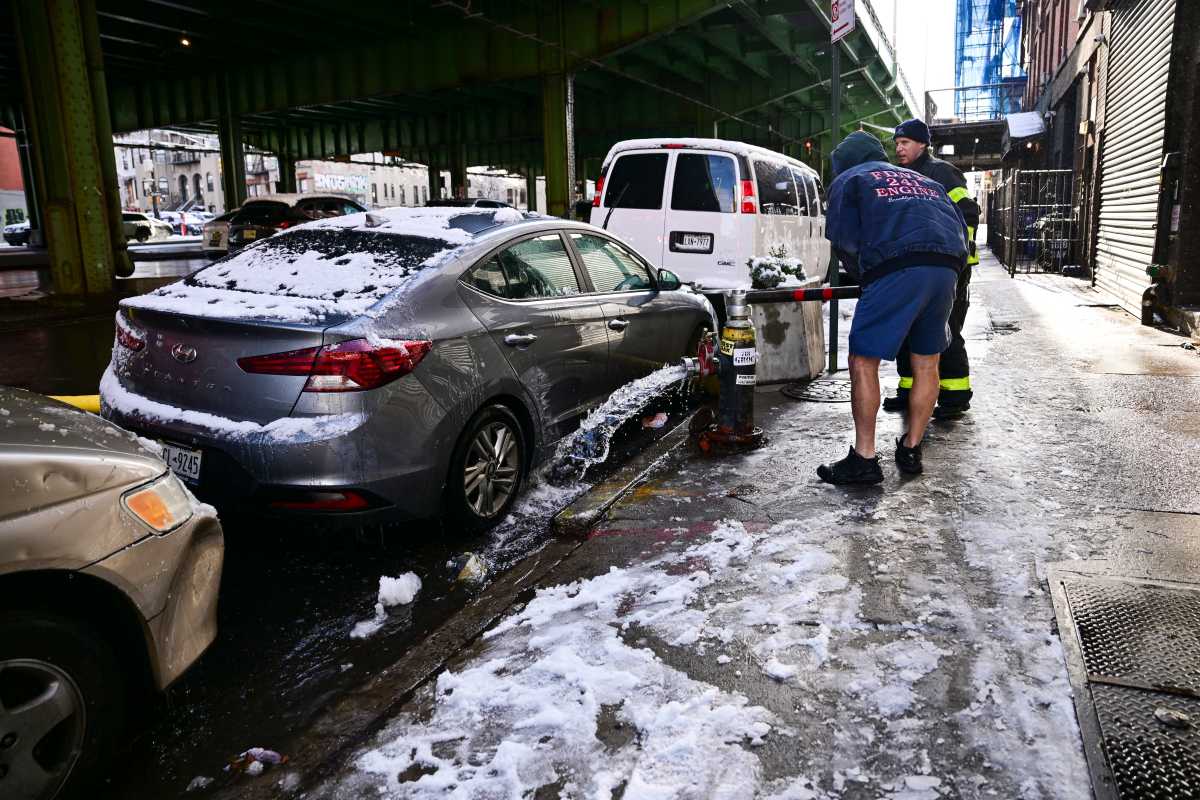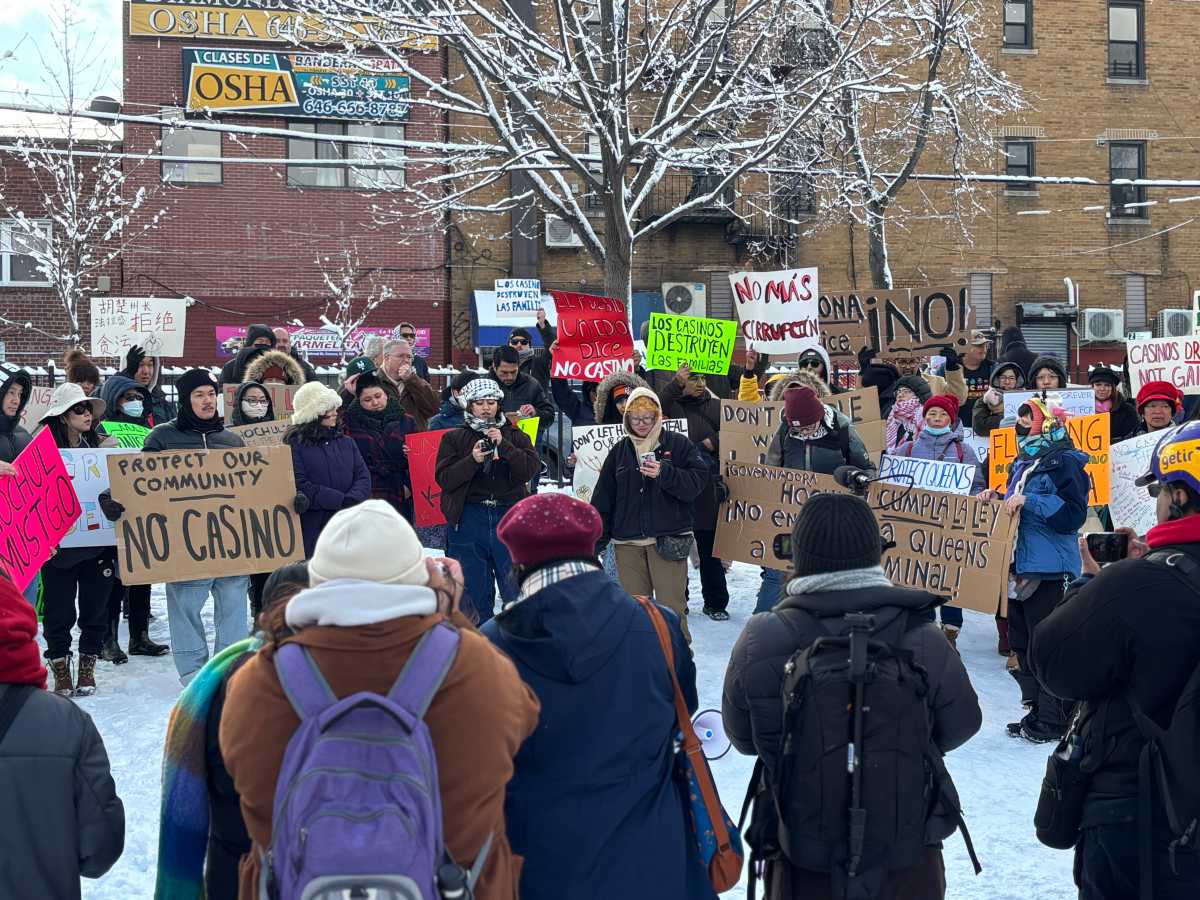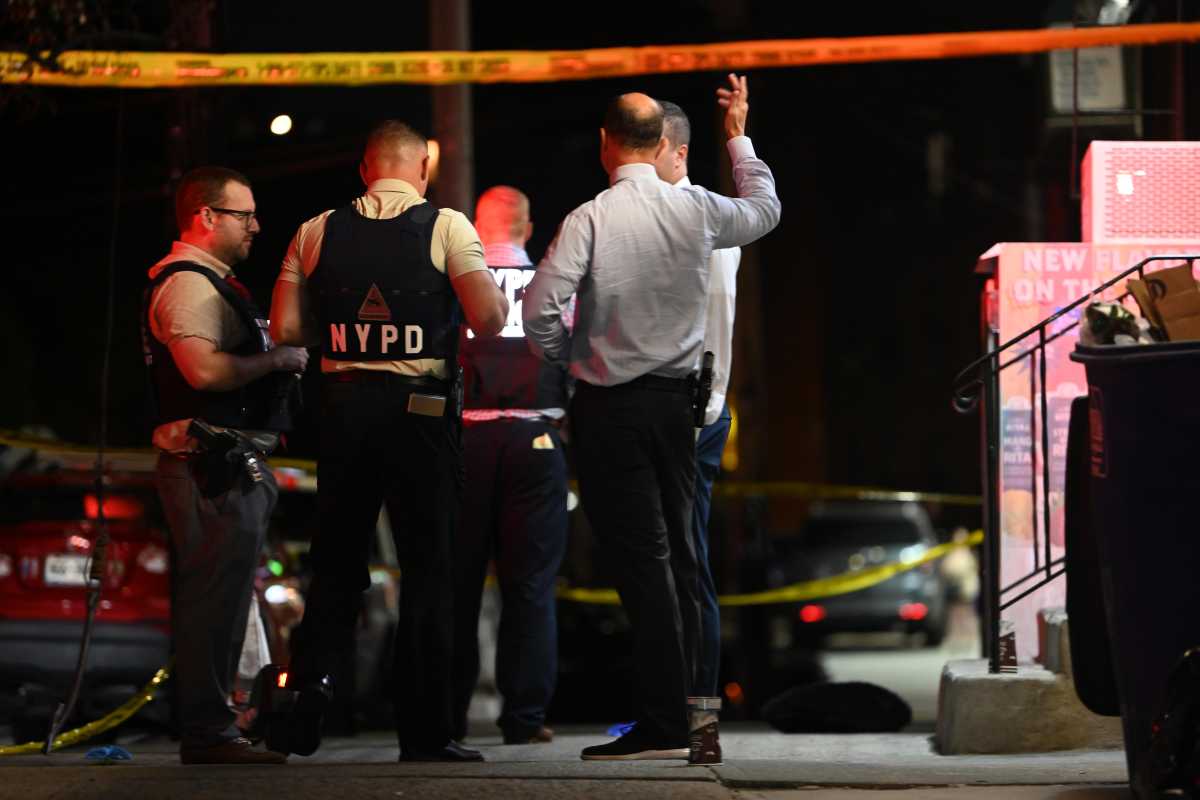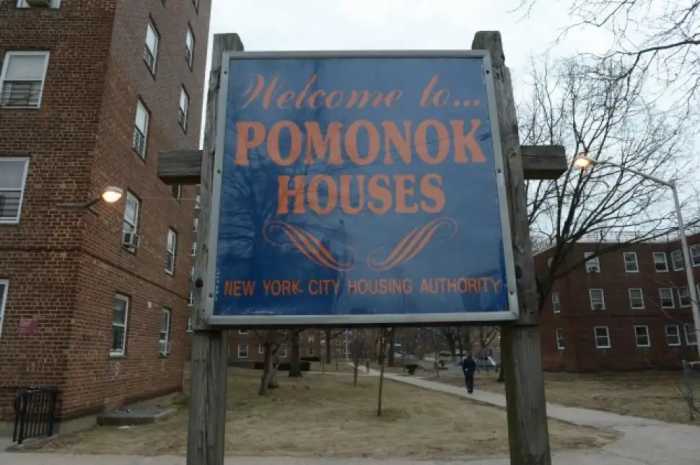Volume 81, Number 6 | July 7 – 13, 2011
West and East Village, Chelsea, Soho, Noho, Little Italy, Chinatown and Lower East Side, Since 1933 Safer streets for all
As much as the number of people bicycling and bicycle safety both have increased in New York City, recent tragic accidents hammer home the fact that the streets are still far from benign for cyclists. On Sunday, East Village bar owner Ray Deter died six days after he was hit while cycling by a Jaguar at Canal St. and West Broadway. The day before, Marilyn Dershowitz, sister-in-law of famed attorney Alan Dershowitz, was killed while bike riding when she was struck by a postal truck in Chelsea. Wearing a helmet vastly improves the chances of surviving a serious bike accident. Yet while Deter wasn’t wearing one, Dershowitz was.
An article in Sunday’s New York Times noted that three times fewer women than men are currently biking the city’s streets, largely due to concerns that it’s too dangerous. New York lags behind other cities like Copenhagan or Amsterdam where women are the majority of cyclists. Nevertheless, the health benefits, convenience and pleasure of biking ensure that it will undoubtedly continue to grow here. As urban biking continues to mushroom, there’s a continued need for everyone — drivers, pedestrians and cyclists — to work at sharing the streets and ensuring everyone’s safety. Drivers need to realize that cyclists are in an incredibly vulnerable position, and need to give them a wide berth. That means not cutting off cyclists at turns, especially, and certainly not speeding, which ups the chances of a serious accident by each additional mile per hour. More than a few cyclists also need to slow down, both for their own safety and that of pedestrians. Now that a sprawling bicycle-lane network has taken shape, cyclists more than ever must abide by the rules of the road. They have to ride with courtesy and defer to pedestrians, just as cars, in turn, must defer to bikes. The bike lanes, which have exploded under Mayor Bloomberg and his Transportation commissioner, Janette Sadik-Kahn, are a great thing, at last creating safe, and sometimes physically protected, spaces for cyclists — but bike riders must use them responsibly. For their part, pedestrians can contribute by not jaywalking — and not straddling the bike lanes while waiting to cross the street or hailing cabs.
Ultimately, we have to realize: We’re all in this together. Street safety is something we can all participate in. The bicycling boom isn’t going to disappear. But as Deter’s and Dershowitz’s tragic deaths show, we’ve still got light years to go in terms of safety. Since taking the helm of the Port Authority of New York and New Jersey in 2008, Chris Ward has shown strong leadership during a rocky economic period, and has made enormous advances on some of the thorniest issues that had been impeding Downtown and World Trade Center development. We call on Governor Andrew Cuomo to refrain from the ambiguous statements that lead to any discourse involving Ward’s replacement. To replace a man who embodies effective community outreach and deft navigation of Lower Manhattan’s numerous bureaucracies is an ill-conceived decision and one we hope is quickly abandoned. The last thing Lower Manhattan needs at a time like this is yet more discontinuity. Community Board 1 passed a resolution calling for the governor to abandon any notion of replacing Ward. We second that resolution. Chris Ward represents progress, continuity and collaboration, and he should be supported so that he can continue to get things done, and done the right way.Editorial
Keep Ward on board
